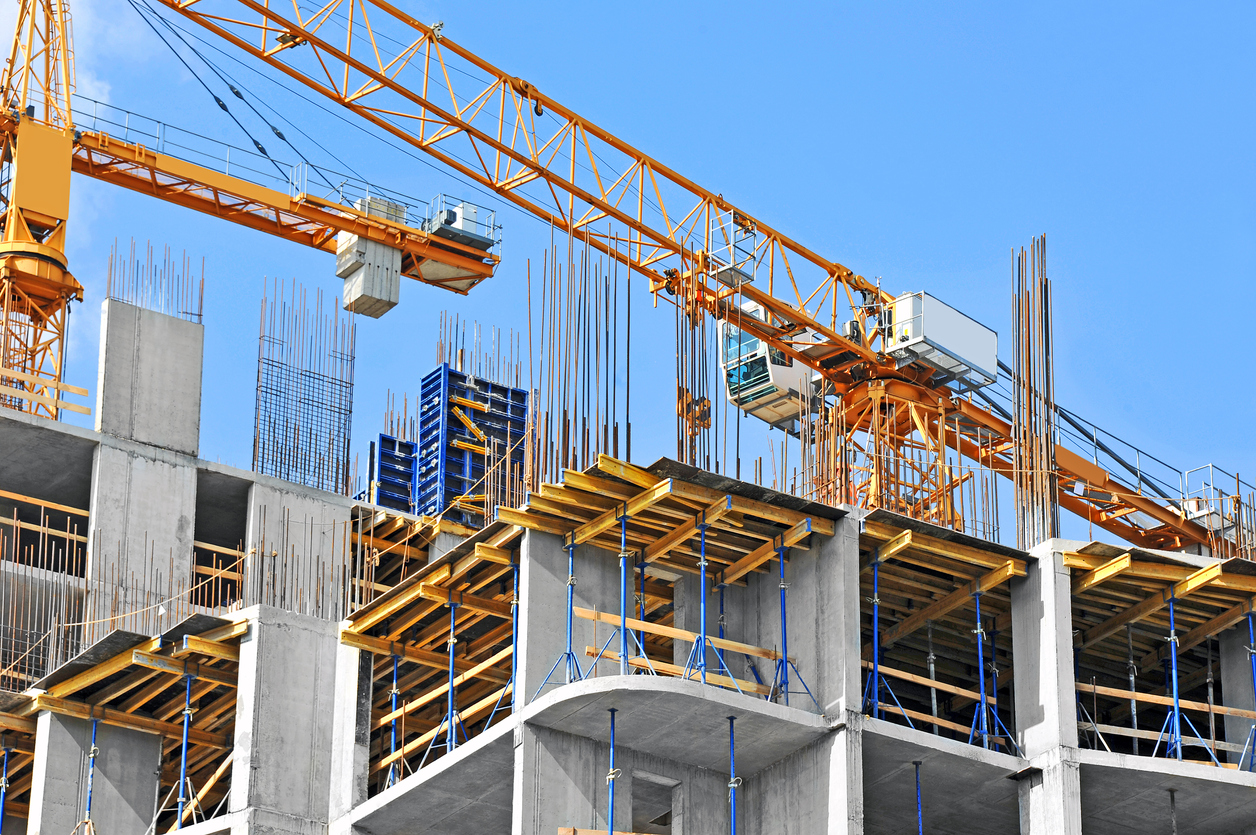Boosting construction productivity with startups
The construction sector is one of the cornerstones for a country's development. Thanks to this sector, we have homes and infrastructure that improve our quality of life, and transportation systems that are ever more convenient. Nonetheless, the performance of the global construction sector over the past two decades has seen labor productivity growing a mere 1% per year. This is markedly lower than that of the manufacturing sector, which boasts growth as high as 3.6% per year. A study by McKinsey revealed that technology is the most important factor in boosting labor productivity, and when applied correctly can pump labor productivity up as much as 15% as well as cut costs by 4-6%.
Author: EIC | Economic Intelligence Center
Published in Bangkok Post/Asia In Depth: Asia Focus section, 6 November 2017

The construction sector is one of the cornerstones for a country's development. Thanks to this sector, we have homes and infrastructure that improve our quality of life, and transportation systems that are ever more convenient. Nonetheless, the performance of the global construction sector over the past two decades has seen labor productivity growing a mere 1% per year. This is markedly lower than that of the manufacturing sector, which boasts growth as high as 3.6% per year. A study by McKinsey revealed that technology is the most important factor in boosting labor productivity, and when applied correctly can pump labor productivity up as much as 15% as well as cut costs by 4-6%.
In addition to investment in research and development (R&D) by large companies in the construction value chain, for the past five years the sector has seen a growing role for small startups, offering innovations to fill the gap left by large companies. The rise of construction startups can be seen from the surge in funding pouring into them, amounting to 207 deals worth over 36,000 million baht and with a continuous rising trend. New areas that construction startups are working on can be categorized into eight groups: 1. Collaboration software used for the overall management of a project, from bidding, to construction, to delivery, 2.Marketplace platforms that serve as central sites for companies to share tools and machinery, or for contractors to connect with construction material suppliers, 3. Frontier technology and robotics that enable robots and drones to work in construction, with drones performing tasks such as land surveying or counting building material amounts, 4. Design technologies, such as Computer-Aided Design (CAD) and Building Information Modeling (BIM), 5. Inventory and supply chain management technology for managing and transporting construction material, 6. Risk management technology to enhance the safety and security of construction projects, 7. Data analytics, and 8. Financial management. Among them, investors are particularly paying attention to collaboration software/platforms and marketplace platforms, as well as frontier technology and robots.
In Asia, Singapore stands out as a country with a definite plan for applying technology to improve construction productivity. The goal is to raise productivity growth from the current 1.5-2% per year to 2.5-4% per year until 2020. Singapore’s Building and Construction Authority (BCA) has specified three focus areas in its productivity road map. They include: 1. A higher quality workforce 2. Better integration of the value chain and 3. Greater adoption of productive technologies.
The third area calls for the adoption of 35 technologies across seven R&D sectors, which are close to the eight aforementioned start-up groups. Construction startups have flourished in Singapore under this vision. For example, marketplace platforms Handmade and Hometrust connect real estate owners, interior designers, and contractors. SgBuildersHub is a central platform for buying, selling, and renting construction machinery. Another example is Garuda Robotics, which develops specialized drones for construction. Furthermore, the Singaporean government has also set up a Construction Productivity and Capability Fund (CPCF) that has granted over 27,000 million baht in funding for around 9,000 construction companies, 90% of which are SMEs. Ultimately, a solid roadmap and supplemental funding are the keys to creating an ecosystem that boosts productivity among construction start ups.
Back in Thailand, a number of construction startups have also emerged in the market. For example, Builk is an online application for construction project management and cost control, a marketplace for property owners and contractors to connect with construction material providers, and a tool for analyzing material usage. Fixzy is a marketplace where real estate owners can find repair technicians for different issues, such as plumbing systems, electrical systems, interior design, or electrical appliances. Another example is OneStockHome, an online store for construction materials with delivery service. Inevitably, the rise of these startups will have an impact on other players in the construction value chain. Incumbents should therefore get ready for competition. Some possible strategies include forming partnerships, investing in startups, and boosting efficiency via mergers and acquisitions.
Not only do construction businesses have to rethink their strategies, the government also has to prepare for the new technologies that startups introduce. Indeed, the government should encourage innovators by offering funding, investment privileges, and support for software or application testing. Moreover, it should facilitate the adoption of these technologies by amending relevant regulations, e.g. allowing for online submission and approval of construction plans and establishing standards for contractors. These efforts will lead to an ecosystem that fosters innovation, and put the government right on track towards a digital government goal.